- 23
- Mar
Kedu ihe kpatara ikike batrị lithium ji ree, mmadụ mechara chịkọta ya
Batrị lithium-ion bụ batrị nke abụọ na-eto ngwa ngwa ka batrị nickel-cadmium na nickel-hydrogen gachara. Ngwongwo ike ya dị elu na-eme ka ọdịnihu ya dị mma. Agbanyeghị, batrị lithium-ion ezughị oke, na nnukwu nsogbu ha bụ nkwụsi ike nke okirikiri chaja ha. Akwụkwọ a na-achịkọta ma na-enyocha ihe ndị nwere ike ime ka ike na-ada mbà nke batrị Li-ion, gụnyere nfefe, nbibi electrolyte na ịwepụ onwe ya.
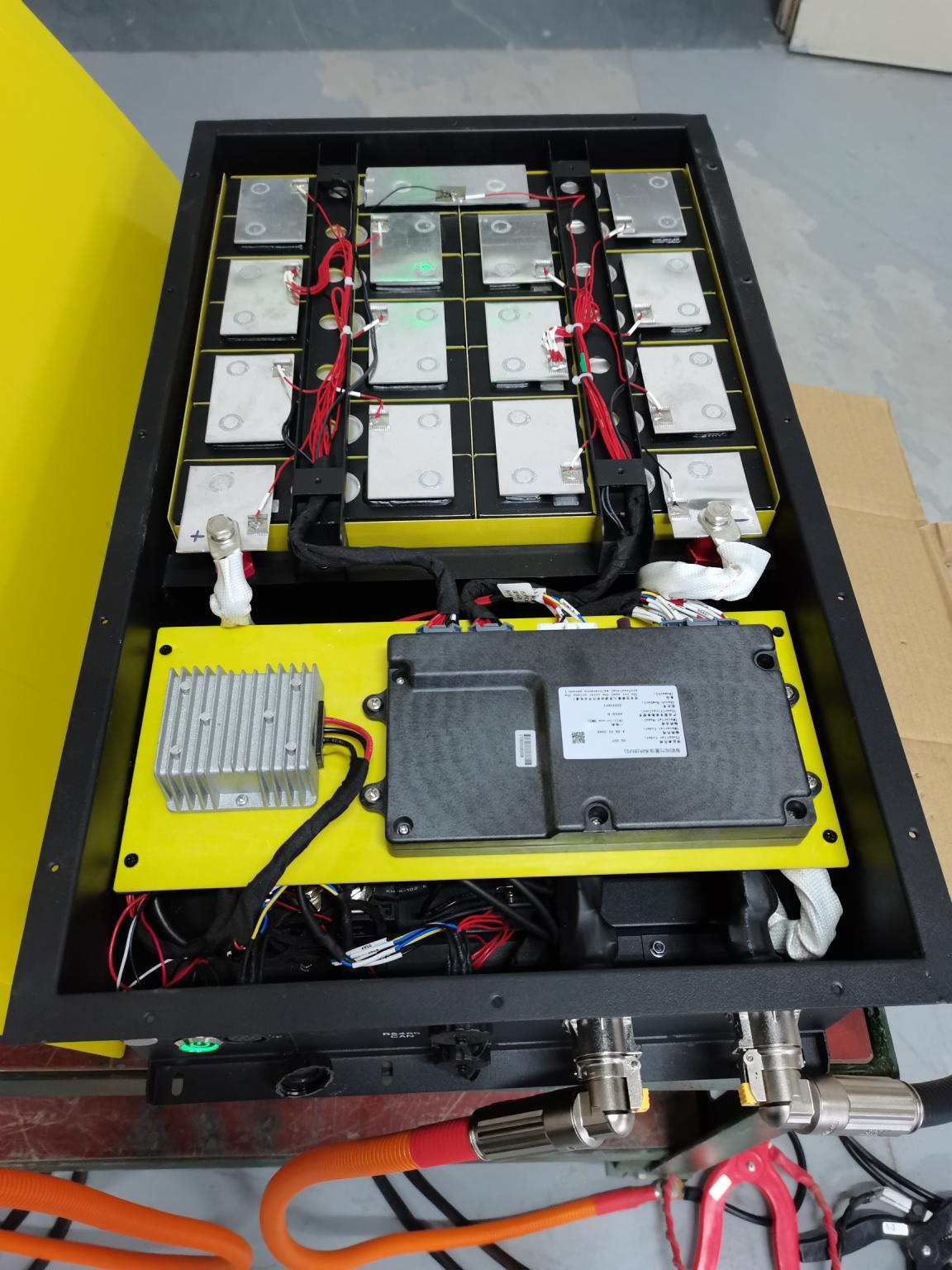
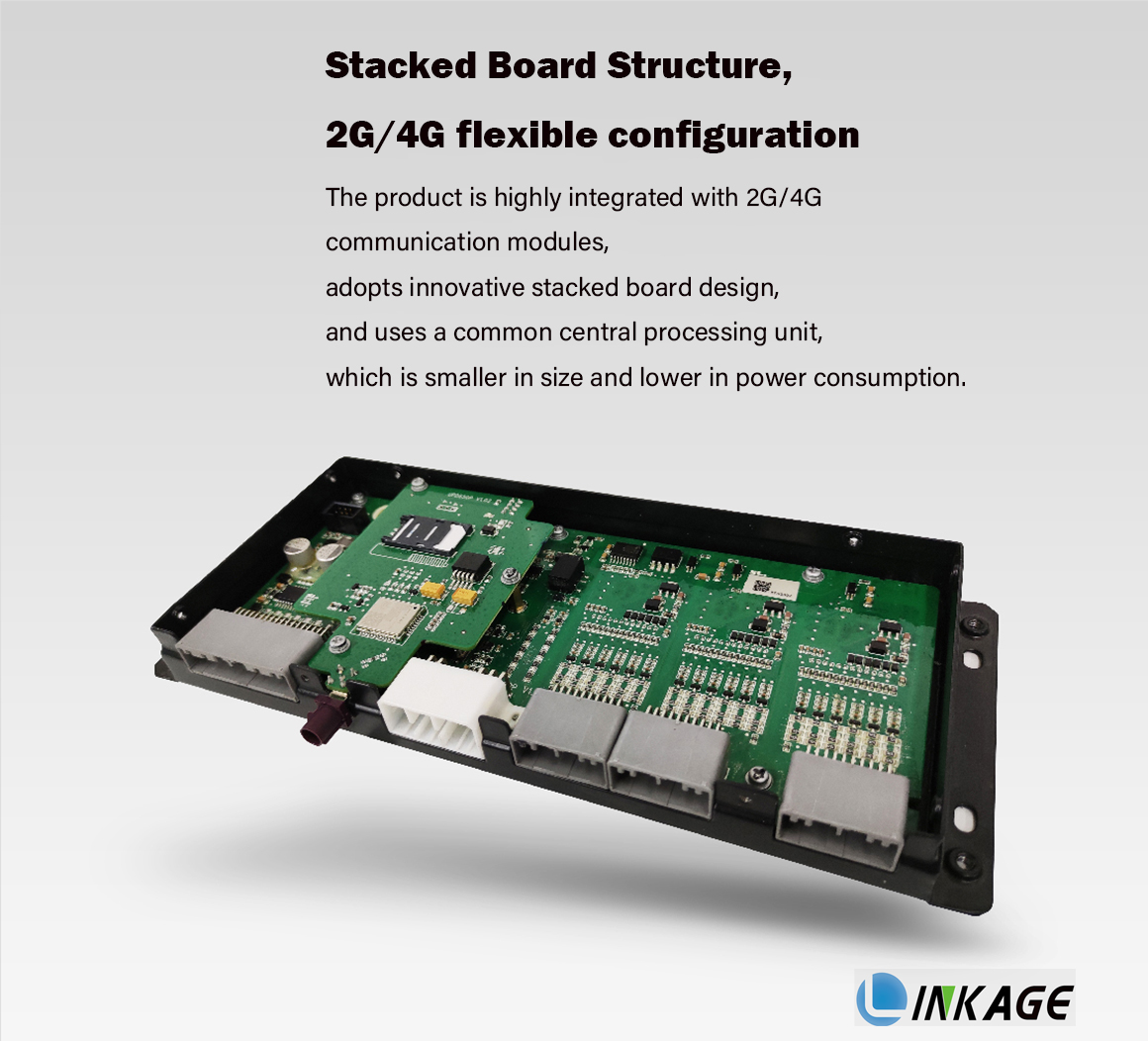
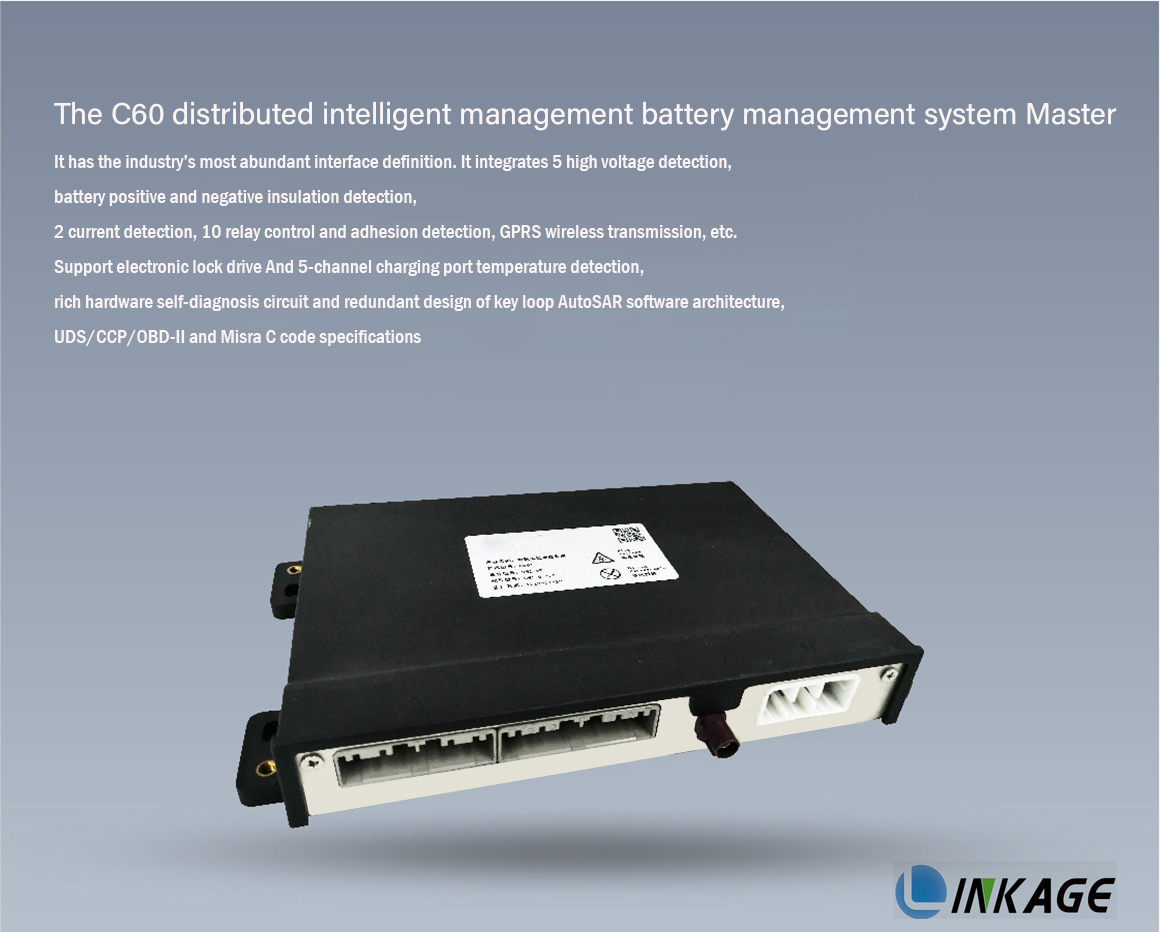
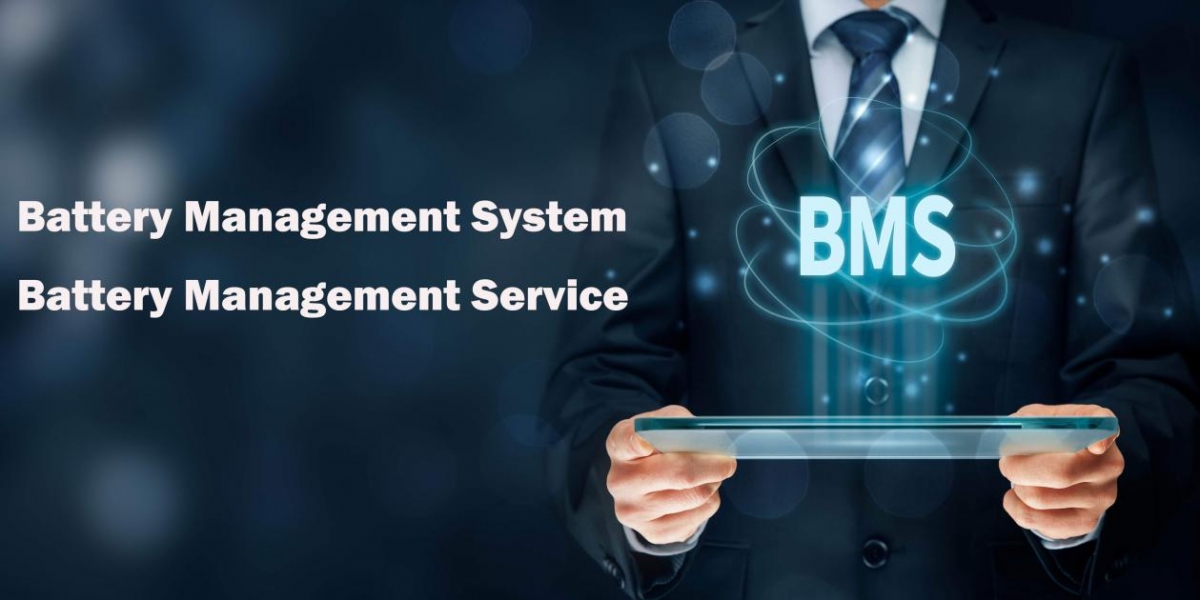
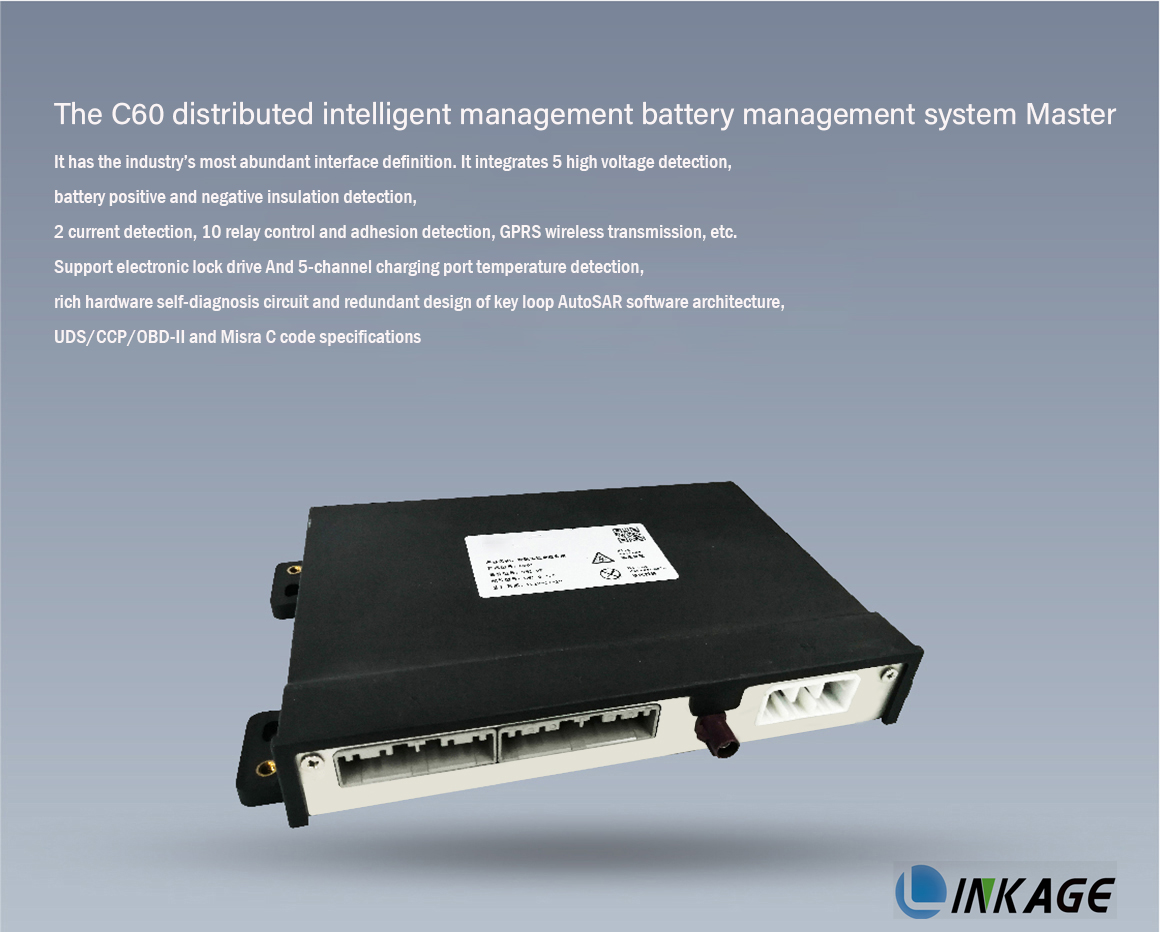
Batrị lithium-ion nwere ike intercalation dị iche iche mgbe mmeghachi omume intercalation na-eme n’etiti electrodes abụọ ahụ, na iji nweta ọrụ kacha mma nke batrị ahụ, ikike ikike nke electrodes abụọ ahụ kwesịrị ịnọgide na-enwe uru kwesịrị ekwesị.
Na batrị lithium-ion, a na-egosipụta nguzozi ikike dị ka oke oke nke electrode dị mma na electrode na-adịghị mma,
Nke ahụ bụ: γ=m+/m-=ΔxC-/ΔyC+
N’ime usoro a dị n’elu, C na-ezo aka na ikike coulombic nke electrode, na Δx na Δy na-ezo aka na ọnụọgụ stoichiometric nke lithium ion nke agbakwunyere na electrode na-adịghị mma na electrode dị mma, n’otu n’otu. Enwere ike ịhụ site na usoro a dị n’elu na oke mkpara achọrọ nke okporo osisi abụọ ahụ dabere na ike Coulomb kwekọrọ nke okporo osisi abụọ ahụ yana ọnụ ọgụgụ nke ion lithium reversible dị iche iche.
Foto
N’ikwu okwu n’ozuzu, ọnụ ọgụgụ dị nta nke nta na-eduga na iji ihe electrode na-adịghị mma; oke oke ibu nwere ike ibute ihe egwu nchekwa n’ihi nfefe nke electrode na-adighi mma. Na nkenke, na nhazi oke oke, ịrụ ọrụ batrị kacha mma.
For an ideal Li-ion battery system, the capacity balance does not change during its cycle, and the initial capacity in each cycle is a certain value, but the actual situation is much more complicated. Any side reaction that can generate or consume lithium ions or electrons may lead to changes in battery capacity balance. Once the battery’s capacity balance state changes, this change is irreversible and can be accumulated through multiple cycles, resulting in battery performance. Serious impact. In lithium-ion batteries, in addition to the redox reactions that occur when lithium ions are deintercalated, there are also a large number of side reactions, such as electrolyte decomposition, active material dissolution, and metallic lithium deposition.
Ihe kpatara ya 1: Ịchafe oke
1. Mmeghachi omume karịrị ụgwọ nke graphite ọjọọ electrode:
Mgbe batrị karịrị akarị, a na-ebelata ion lithium ngwa ngwa ma tinye ya n’elu electrode na-adịghị mma:
Foto
Lithium echekwabara na-ekpuchi elu electrode na-adịghị mma, na-egbochi njikọ nke lithium. Nke a na-ebute mbelata arụmọrụ mwepu yana mfu ikike n’ihi:
①Welata ọnụ ọgụgụ lithium a na-emegharịgharị;
② The echekwabara metal lithium reacts na ihe mgbaze ma ọ bụ na-akwado electrolyte na-etolite Li2CO3, LiF ma ọ bụ ndị ọzọ ngwaahịa;
③ Metal lithium na-etolitekarị n’etiti electrode na-adịghị mma na onye na-ekesa, nke nwere ike igbochi pores nke onye na-ekesa ma mee ka nkwụsi ike nke batrị dị n’ime;
④ N’ihi ọdịdị nke lithium na-arụsi ọrụ ike, ọ dị mfe imeghachi omume na electrolyte ma na-eri electrolyte, na-ebute mbelata nke nrụpụta ọrụ na nkwụsị nke ikike.
Nchaji ngwa ngwa, njupụta dị ugbu a dị oke ibu, electrode na-adịghị mma na-agbaji nke ọma, na ntinye nke lithium ga-apụta ìhè karị. Nke a nwere ike ime mgbe ihe na-arụ ọrụ nke ọma dị oke n’ihe gbasara ihe na-arụ ọrụ electrode na-adịghị mma. Otú ọ dị, n’ihe banyere nchaji dị elu, ntinye nke lithium dara nwere ike ime ọbụna ma ọ bụrụ na nha nke ihe dị mma na nke na-adịghị mma bụ ihe nkịtị.
2. Positive electrode overcharge reaction
When the ratio of positive electrode active material to negative electrode active material is too low, positive electrode overcharge is likely to occur.
Ọnwụ ikike nke n’ihi nfefe nke electrode dị mma bụ n’ihi na ọgbọ nke electrochemically inert bekee (dị ka Co3O4, Mn2O3, wdg), nke na-ebibi ike nguzozi n’etiti electrodes, na ike mfu bụ a gaghị agbanwe agbanwe.
(1) LiyCoO2
LiyCoO2→(1-y)/3[Co3O4+O2(g)]+yLiCoO2 y<0.4
At the same time, the oxygen generated by the decomposition of the positive electrode material in the sealed lithium-ion battery accumulates at the same time because there is no recombination reaction (such as the generation of H2O) and the flammable gas generated by the decomposition of the electrolyte, and the consequences will be unimaginable.
(2) λ-MnO2
The lithium-manganese reaction occurs when the lithium-manganese oxide is completely delithiated: λ-MnO2→Mn2O3+O2(g)
3. A na-eme ka electrolyte oxidized mgbe ọ na-ebufe ya
Mgbe nrụgide dị elu karịa 4.5V, electrolyte ga-abụ oxidized iji mepụta insolubles (dị ka Li2Co3) na gas. Ihe ndị a na-adịghị ahụkebe ga-egbochi micropores nke electrode ma gbochie mbugharị nke ion lithium, na-ebute mfu ikike n’oge ịgba ígwè.
Ihe ndị na-emetụta ọnụ ọgụgụ nke oxidation:
The surface area of the positive electrode material
Ihe nchịkọta ihe ugbu a
Added conductive agent (carbon black, etc.)
Ụdị na ebe elu nke carbon ojii
N’ime electrolytes ndị a na-ejikarị eme ihe, a na-ewere EC/DMC ka ọ nwere nguzogide oxidation kacha elu. A na-egosipụta usoro oxidation electrochemical nke ngwọta dị ka: ngwọta → oxidation ngwaahịa (gas, ngwọta na ihe siri ike) + ne-
The oxidation of any solvent will increase the electrolyte concentration, decrease the electrolyte stability, and ultimately affect the capacity of the battery. Assuming that a small amount of electrolyte is consumed each time it is charged, more electrolyte is required during battery assembly. For a constant container, this means that a smaller amount of active substance is loaded, which results in a decrease in the initial capacity. In addition, if a solid product is produced, a passivation film will be formed on the surface of the electrode, which will increase the polarization of the battery and reduce the output voltage of the battery.
Ihe kpatara 2: Electrolyte decomposition (mbelata)
M decompose na electrode
1. The electrolyte bụ decomrated na nti electrode:
The electrolyte consists of a solvent and a supporting electrolyte. After the cathode is decomposed, insoluble products such as Li2Co3 and LiF are usually formed, which reduce the battery capacity by blocking the pores of the electrode. The electrolyte reduction reaction will have an adverse effect on the capacity and cycle life of the battery. The gas generated by the reduction can increase the internal pressure of the battery, which can lead to safety problems.
The nti electrode decomposition voltaji na-emekarị karịa 4.5V (vs. Li / Li +), n’ihi ya, ha adịghị mfe decompose na nti electrode. N’ụzọ megidere nke ahụ, electrolyte na-adị mfe ire ere na electrode ọjọọ.
2. A na-emebi electrolyte na electrode na-adịghị mma:
Electrolyte anaghị eguzosi ike na graphite na carbon anodes ndị ọzọ etinyere lithium, ọ dịkwa mfe imeghachi omume iji mepụta ikike a na-apụghị ịgbagha agbagha. N’oge ụgwọ mbụ na mwepụta mbụ, nbibi nke electrolyte ga-etolite ihe nkiri passivation n’elu electrode, na ihe nkiri passivation nwere ike kewapụ electrolyte na carbon ọjọọ electrode iji gbochie nhụsianya ọzọ nke electrolyte. Ya mere, a na-edobe nkwụsi ike nhazi nke carbon anode. N’okpuru ọnọdụ dị mma, mbelata nke electrolyte na-ejedebe na usoro mmepụta ihe nkiri passivation, na usoro a anaghị eme mgbe okirikiri ahụ kwụsiri ike.
Formation of passivation film
The reduction of electrolyte salts participates in the formation of the passivation film, which is beneficial to the stabilization of the passivation film, but
(1) Ihe na-adịghị edozi ahụ nke a na-emepụta site na mbelata ga-enwe mmetụta ọjọọ na ngwaahịa mbelata ihe mgbaze;
(2) Ntuba nke electrolyte na-ebelata mgbe nnu electrolyte na-ebelata, nke na-emecha na-eduga ná nkwụsị nke ikike batrị (LiPF6 na-ebelata ka ọ bụrụ LiF, LixPF5-x, PF3O na PF3);
(3) The formation of the passivation film consumes lithium ions, which will cause the capacity imbalance between the two electrodes to reduce the specific capacity of the entire battery.
(4) If there are cracks on the passivation film, solvent molecules can penetrate and thicken the passivation film, which not only consumes more lithium, but also may block the micropores on the carbon surface, resulting in the inability of lithium to be inserted and extracted. , resulting in irreversible capacity loss. Adding some inorganic additives to the electrolyte, such as CO2, N2O, CO, SO2, etc., can accelerate the formation of the passivation film and inhibit the co-insertion and decomposition of the solvent. The addition of crown ether organic additives also has the same effect. 12 crowns and 4 ethers are the best.
Factors for film capacity loss:
(1) Ụdị carbon eji eme ihe na usoro;
(2) Ngwakọta electrolyte;
(3) Ihe mgbakwunye na electrodes ma ọ bụ electrolytes.
Blyr na-ekwere na ion mgbanwe mmeghachi omume ọganihu site n’elu nke nọ n’ọrụ ihe onwunwe urughuru na ya isi, ọhụrụ na-adọ kpụrụ lie mbụ nọ n’ọrụ ihe onwunwe, na a na-agafe agafe ihe nkiri na ala ionic na eletrọnịkị conductivity ka kpụrụ n’elu nke urughuru, otú ahụ. na spinel mgbe nchekwa Greater polarization karịa tupu nchekwa.
Zhang chọpụtara na nguzogide nke elu passivation oyi akwa mụbara na interfacial capacitance na-ebelata na mmụba nke ọnụ ọgụgụ nke okirikiri. Ọ na-egosipụta na ọkpụrụkpụ nke oyi akwa passivation na-abawanye na ọnụọgụ nke okirikiri. Mgbasa nke manganese na nbibi nke electrolyte na-eduga na ịmepụta ihe nkiri passivation, na ọnọdụ okpomọkụ dị elu na-eme ka ọganihu nke mmeghachi omume ndị a dịkwuo mma. Nke a ga-eme ka nkwụghachi kọntaktị dị n’etiti ihe ndị na-eme ihe na-arụ ọrụ na nkwụsị Li +, si otú ahụ na-amụba polarization nke batrị, nchaji na nchacha na-ezughị ezu, ma belata ikike.
II Mbelata Mechanism nke Electrolyte
Electrolyte na-enwekarị oxygen, mmiri, carbon dioxide na adịghị ọcha ndị ọzọ, mmeghachi omume redox na-eme n’oge usoro ịchaji na ịwụsa batrị.
Usoro mbelata nke electrolyte gụnyere akụkụ atọ: mbelata ihe mgbaze, mbelata electrolyte na mbelata adịghị ọcha:
1. Mbelata mgbaze
Mbelata PC na EC gụnyere mmeghachi omume otu-eletrọn na usoro mmeghachi omume elektrọn abụọ, yana mmeghachi omume elektrọn abụọ bụ Li2CO3:
Fong et al. kwenyere na n’oge usoro mwepụ nke mbụ, mgbe ikike electrode dị nso na 0.8V (vs. Li / Li +), mmeghachi omume electrochemical nke PC / EC mere na graphite iji mepụta CH = CHCH3 (g) / CH2 = CH2 (g). na LiCO3(s), na-eduga na-enweghị ike ịgbanwe ikike mfu na graphite electrodes.
Aurbach et al. mere nyocha buru ibu na usoro mbelata na ngwaahịa nke electrolytes dị iche iche na electrodes metal lithium na carbon-based electrodes, wee chọpụta na otu-electron mmeghachi omume PC na-emepụta ROCO2Li na propylene. ROCO2Li na-enwe mmetụta nke ukwuu maka ịchọta mmiri. Ngwaahịa ndị bụ isi bụ Li2CO3 na propylene n’ihu mmiri mmiri, ma ọ dịghị Li2CO3 na-emepụta n’okpuru ọnọdụ akọrọ.
Restoration of DEC:
Ein-Eli Y kọrọ na electrolyte agwakọtara ya na diethyl carbonate (DEC) na dimethyl carbonate (DMC) ga-enweta mgbanwe mgbanwe na batrị iji mepụta ethyl methyl carbonate (EMC), nke na-akpata nkwụsị nke ikike. mmetụta ụfọdụ.
2. Mbelata electrolyte
Mbelata mmeghachi omume nke electrolyte na-ewerekarị na ọ na-etinye aka na nhazi nke carbon electrode surface film, ya mere ụdị ya na ntinye uche ga-emetụta arụmọrụ nke carbon electrode. N’ọnọdụ ụfọdụ, mbelata nke electrolyte na-enye aka na nkwụsi ike nke elu carbon, nke nwere ike ịmepụta oyi akwa passivation chọrọ.
A na-ekwenyekarị na electrolyte na-akwado dị mfe iji belata karịa ihe mgbaze, na ngwaahịa mbelata na-agwakọta ya na ihe nkiri nkwụnye ihe na-adịghị mma ma na-emetụta ikike nke batrị. Ọtụtụ mmeghachi omume mbelata nke electrolytes na-akwado bụ ndị a:
3. Impurity reduction
(1) If the water content in the electrolyte is too high, LiOH(s) and Li2O deposits will be formed, which is not conducive to the insertion of lithium ions, resulting in irreversible capacity loss:
H2O+e→OH-+1/2H2
OH-+Li+→LiOH(s)
LiOH+Li++e-→Li2O(s)+1/2H2
The eme LiOH(s) na-edebe na electrode elu, na-akpụ a elu film na elu-eguzogide, nke na-egbochi Li + intercalation n’ime graphite electrode, na-akpata irreversible ikike ọnwụ. Obere obere mmiri (100-300 × 10-6) na ihe mgbaze enweghị mmetụta na arụmọrụ nke electrode graphite.
(2) CO2 na ihe mgbaze nwere ike ibelata na electrode na-adịghị mma iji mepụta CO na LiCO3(s):
2CO2+2e-+2Li+→Li2CO3+CO
CO will increase the internal pressure of the battery, and Li2CO3(s) will increase the internal resistance of the battery and affect the battery performance.
(3) Ọnụnọ oxygen na ihe mgbaze ga-etolite Li2O
1/2O2+2e-+2Li+→Li2O
N’ihi na ọdịiche nwere ike dị n’etiti lithium dara na carbon nke jikọtara ọnụ dị ntakịrị, mbelata nke electrolyte na carbon yiri mbelata na lithium.
Reason 3: Self-discharge
Mwepu onwe ya na-ezo aka n’ihe na-eme na batrị na-atụfu ikike ya n’onwe ya mgbe ọ naghị eji. Iwepu batrị Li-ion nke onwe na-eduga na mfu ikike n’ọnọdụ abụọ:
Otu bụ mwepu ikike nke nwere ike ịgbanwe;
Nke abụọ bụ mfu nke enweghị ike ịgbagha ikike.
Ọnwụ ikike ngbanwe pụtara na enwere ike nwetaghachi ikike furu efu n’oge ị na-akwụ ụgwọ, ebe mfu ikike a na-apụghị ịgbagha agbagha bụ ihe dị iche. Eletrọd ndị dị mma na nke na-adịghị mma nwere ike ime dị ka microbattery na electrolyte na steeti ebubo, na-ebute njikọ lithium ion intercalation na deintercalation, na ntinye na nkwụsị nke electrodes dị mma na nke na-adịghị mma. Ihe ion lithium agbakwunyere na-ejikọta naanị na ion lithium nke electrolyte, ya mere ikike nke electrodes dị mma na nke na-adịghị mma bụ nke na-adịghị mma, na akụkụ a nke mfu ikike enweghị ike ị nwetaghachi n’oge ịchaji. Dị ka:
Lithium manganese oxide positive electrode na ihe mgbaze ga-eme ka micro-batrị mmetụta na mwepu onwe ya, na-ebute mfu ikike na-apụghị ịgbagha agbagha:
LiyMn2O4+xLi++xe-→Liy+xMn2O4
A na-eme ka ụmụ irighiri ihe mgbaze (dị ka PC) oxidized n’elu ihe na-eduzi carbon ojii ma ọ bụ onye nchịkọta ugbu a dị ka microbattery anode:
xPC→xPC-radical+xe-
N’otu aka ahụ, ihe na-adịghị mma na-arụ ọrụ nwere ike iji electrolyte na-emekọ ihe iji mee ka ịpụpụ onwe ya ma mee ka ike ghara ịghaghachi ya, na electrolyte (dị ka LiPF6) na-ebelata na ihe na-eduzi:
PF5+xe-→PF5-x
Lithium carbide dị na steeti ebubo na-eme ka oxidized site na iwepu ion lithium dị ka electrode na-adịghị mma nke microbattery:
LiyC6→Liy-xC6+xLi++++xe-
Ihe ndị na-emetụta ntọhapụ nke onwe: usoro mmepụta nke ihe electrode dị mma, usoro mmepụta nke batrị, ihe onwunwe nke electrolyte, okpomọkụ, na oge.
